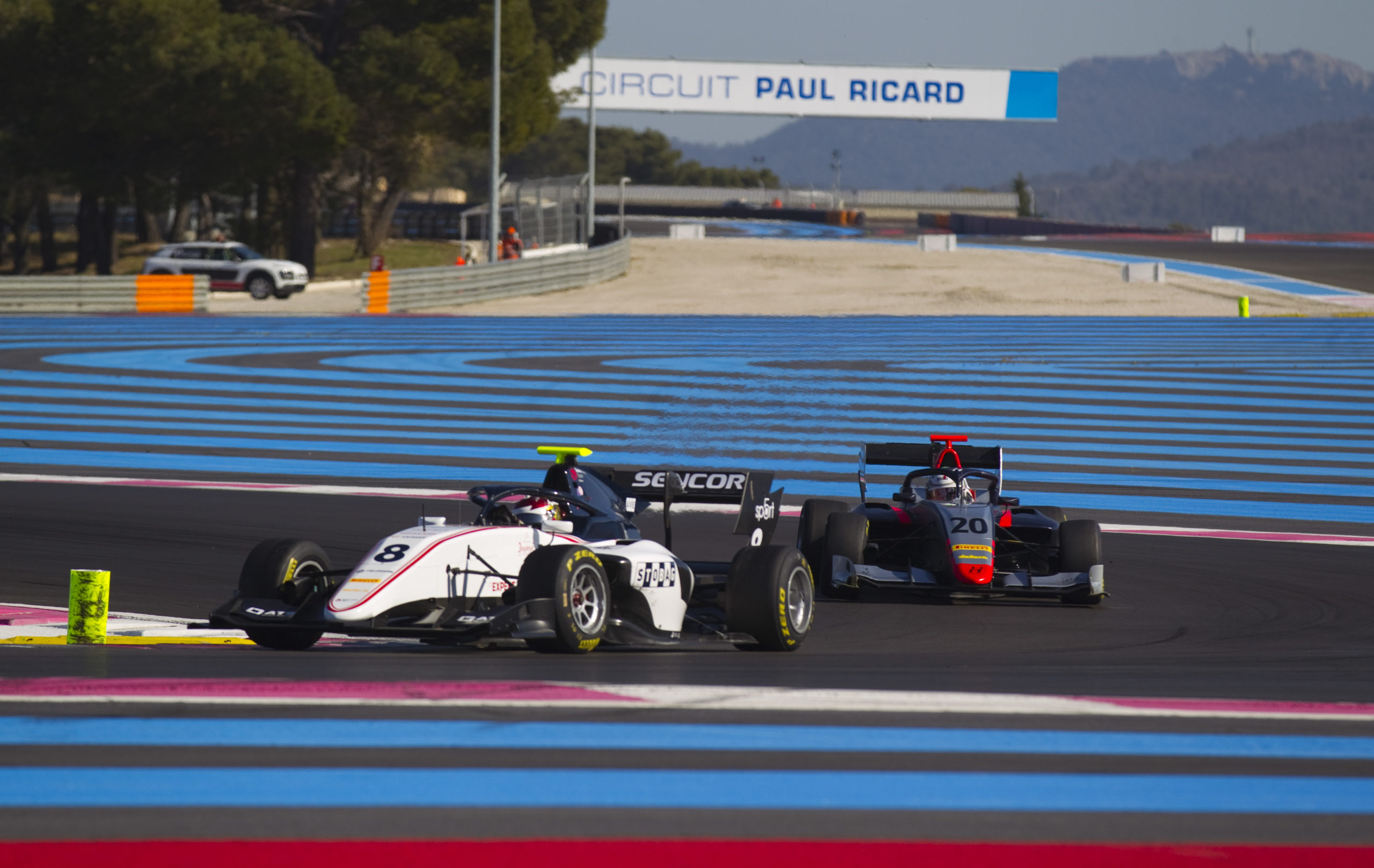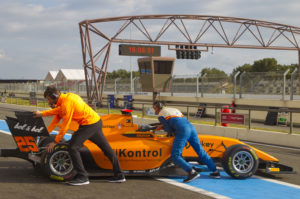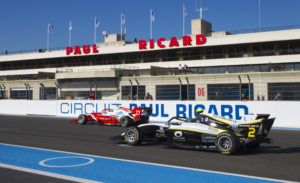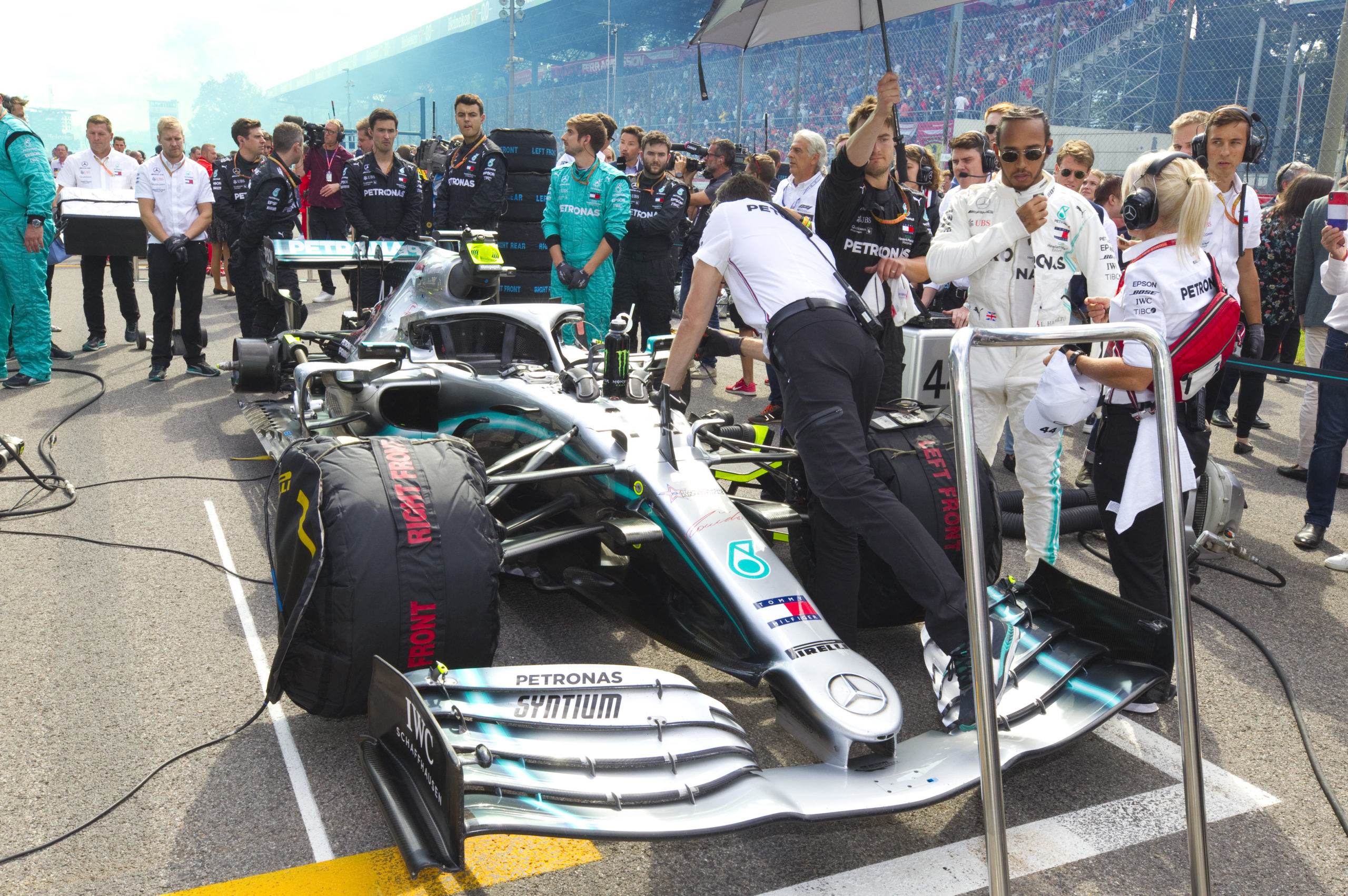
The Circuit Paul Ricard teams took advantage of an extended off season to work on boosting track safety during the winter. The installation of new signalling and start light systems (FIA and FIM Grade 1) was supplemented by a new tracking system for emergency response vehicles. In addition to these technical innovations, the famous French race track continued to hold regular training sessions with personnel and is also set to expand its safety systems with a world first.
Romain Grosjean’s spectacular accident at the Bahrain Formula 1 Grand Prix in 2020 led to a review of the systems in place in many areas, including within the teams, at the FIA and at the race tracks themselves.
Obviously, Circuit Paul Ricard took action to improve and strengthen its safety procedures during testing and racing sessions held throughout the year.
(It is worth noting that those used in Formula 1 – and therefore at the French Grand Prix – are put in place, managed and inspected by the sporting authorities of this championship).
A world first
In order to improve response times in the event of an incident at the start of a race, race control wanted to strengthen the medical car crew. The vehicle sets off from the back of the grid (behind the race cars) and is almost immediately on scene in the event of a collision.
The vehicle now carries three people: a nurse, a doctor and a fire-fighter, who is equipped with a “Rosenbauer” fire extinguisher. He/she is therefore able to tackle a potential fire immediately, securing the area for the injured driver(s) and the emergency response teams.
Circuit Paul Ricard therefore becomes the first race track in France to have this kind of portable extinguisher, the capacity of which is eight times greater than that of a standard extinguisher. Once the device is activated, the water and the additive it contains generate enough foam to bring a fire under control very quickly.
Harnessing human and material resources to boost safety
The track teams attend very regular training sessions and practise response techniques. Reviewing and analysing, and then repeating and practising procedures remain the best way of ensuring emergency response operations go smoothly and quickly.
Shortest response times:
The medical car (or ERV: emergency response vehicle) arrives on scene between 1 minute and a maximum of 1 minute 30 seconds after the call is made to report an incident.
The ambulance arrives approximately 30 seconds later, depending on the distance it must cover to reach the accident on the track.
Evacuating an injured driver depends on his condition and the extent of his injuries. This can take between 3 and 45 minutes.
The ambulance clears the track between 10 and 15 minutes after it has arrived on scene (if the driver can be put on a stretcher quickly).
These response times remain significantly shorter than those for a normal road traffic accident, but this is obviously due to the on-site presence of the medical and emergency response teams. The race track also has its own medical centre (with two intensive care beds, medical beds, X-ray and ultrasound equipment, a specialist bathtub for major burns victims, etc.) and a helipad, enabling casualties to be air-lifted quickly to the closest hospitals if necessary.
1 minute 30 is the key figure: only 1 minutes 30 seconds (on average) go by between a fire starting and it being put out. A doctor is on scene to treat the victim(s) within 1 minute 30 seconds.
As regards personnel, these are the teams dedicated to safety (figures given for an automotive endurance race), to which you clearly need to add the marshals stationed at various points around the track.
– 4 doctors
– 4 nurses
– 1 ERV (emergency response vehicle) driver
– 6 car extractors (extraction experts)
– 7 track operators for track maintenance
– 12 fire-fighters
– 1 track operations manager and 1 sporting director to supervise Race Control with the race director and championship officials.
(These figures do not include the French F1 Grand Prix and the Bol d’Or)
In 2019, 495 permanent and voluntary marshals worked at Circuit Paul Ricard.
FYI: French Formula 1 Grand Prix: 300 marshals and Bol d’Or: 540)
In 2020, Circuit Paul Ricard’s ASA (automotive sporting association) was the largest association in the PACA region with 598 members (for 20 events registered with the FFSA), including 77 women. This figure may seem low but it is steadily increasing and is one of the highest among the French ASAs.

Comprehensive technical resources:
15 Rescue Team vehicles (used by the track marshals): for rapid track maintenance and signalling, they are fitted with fire extinguishers, equipment for cleaning and repairing the track, a set of flags and signs, etc.
1 extraction vehicle with extraction team
1 vehicle for the extraction of a trapped driver following a heavy impact
3 service cars (for all logistics tasks, operations, etc.)
2 sliding deck transporters (flatbed trucks for the recovery of non-roadworthy cars)
2 motorbike recovery trucks
1 maintenance truck to transport track equipment, Tecpro barriers (crushable polyethylene blocks placed in front of the safety barriers), tyres, rumble strips, etc.
1 road sweeper for the day-to-day cleaning of the track, run-off areas, rumble strips, etc.
1 steam cleaning machine (using organic products) for the removal of fuels stains
5 quads for rapid recovery
2 ERVs (medical emergency response vehicle)
2 Safety Cars
1 Leading Car
3 Fire Cars: quick Citroën vehicles, designed and adapted in our workshops, with a capacity of 200 litres of water (equivalent to 1,400 litres of foam)
1 Fire Engines with a capacity of 3,000 litres of water
3 track sweepers to remove debris from the racing surface
1 multi-purpose truck with telescopic arm






